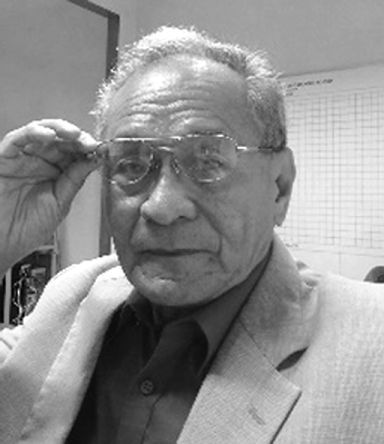
In his campaign, the President admitted his lack of knowledge in economics. Nevertheless, the President in his 2016 State of the Nation Address (SONA) stated his vision and strategy for the country’s development this way: To hand over an economy that is much stronger, characterized by solid growth, low and stable inflation, and robust fiscal position.
This he would achieve by maintaining the macroeconomic policies, and even do better, of the previous administration through prudent fiscal and monetary policies that can translate high growth into more and better job creation and poverty reduction. His Medium Term Philippine Development Plan (MTPDP) 2017-2022 targets the GDP to grow at 7 to 8 percent annually.
Along with GDP, the two other indicators that are closely watched on the economy are inflation and unemployment. A good performance of the economy should result in better life for all, most notably in the end of poverty.
Philippine GDP growth was only 3.6 percent annually from 1946 to 2000, that is, from independence up to the time of Estrada. This was one of the slowest compared with our neighbors in Asia. Through those years, inflation rate and unemployment rates were mostly close to or greater than 10 percent. We were the sick man of Asia then with poverty rates affecting more than 30 percent of our population.
In the first decade of the new millennium under Arroyo, GDP growth improved to 4.8 percent annually. However, this was not enough to bring down our inflation, unemployment, and poverty rates to more manageable levels.
Under Arroyo, the unemployment rate and poverty rate went below ten percent and 30 percent, respectively, but only after the changes made in the definition of the unemployed and poverty. Using the new definition of the unemployed, the unemployment rate finally went down to 7.3 percent of our labor force in 2010. Using also the new definition of poverty, poverty rate also went down to 26.67 percent of our population in 2009.
Benigno Aquino III came in July 2010. From there, GDP growth went up to 6.1 percent annually in his time, starting with a low 3.7 percent growth in 2001 but ending with a high 6.9 percent growth rate in 2016. With higher GDP growth, the unemployment rate went down to 5.4 percent of the labor force in 2016. Annual inflation also went lower to 1.3 percent in the same year. The most remarkable thing to happen was that poverty also went down by about 5 percentage points to 21.6 percent of our population in 2015 from 26.67 percent in 2009.
What happened since then under the new administration?
Riding on the growth momentum under Aquino and using practically the same macroeconomic policies, the GDP grew by 6.7 percent in 2017 but this was actually lower than the 6.9 percent growth rate attained in 2016.
Finally, in the first three quarters of last year, the economy grow in average by 6.3 percent in annual terms. DBM Secretary Diokno said the GDP likely grew by 6.5 percent overall in 2018. However, to achieve this, the GDP must have grown by 7.1 percent in the last quarter.
This to me could not have happened for two reasons. One is the ballooning trade deficits in the last quarter of 2018 that would have also pulled down GDP growth. The second is the elevated inflation rate in the last quarter at 5.9 percent, up from 3.0 percent in the same quarter in 2017, which could have also curtailed consumption expenditures.
In my own view, the GDP will grow by 6.3 percent at most in the last quarter or even less at 6.0 percent. That will place last year’s overall GDP growth then at 6.2 percent to 6.3 percent annually.